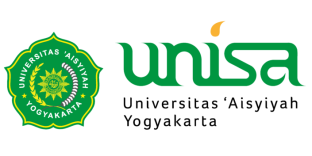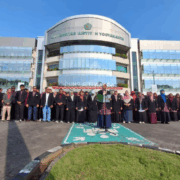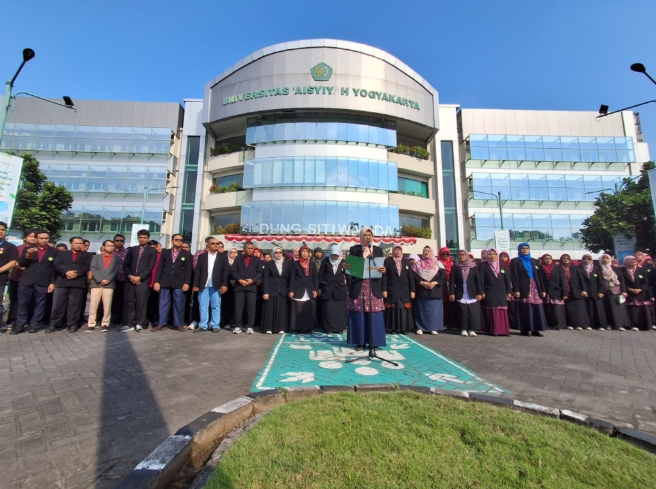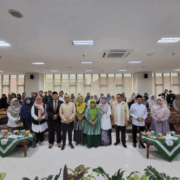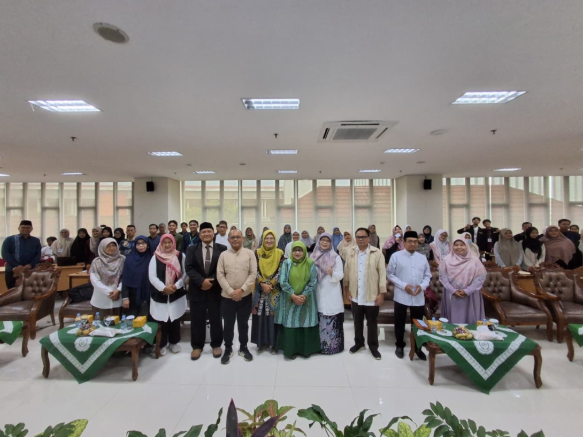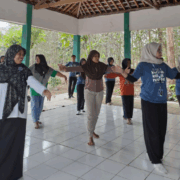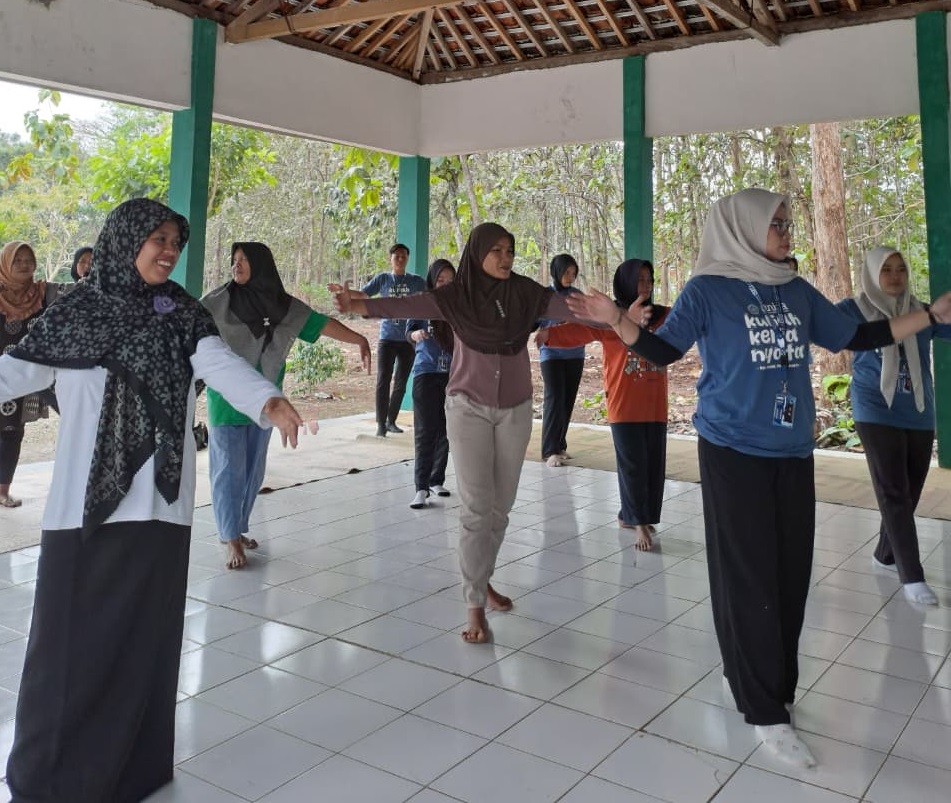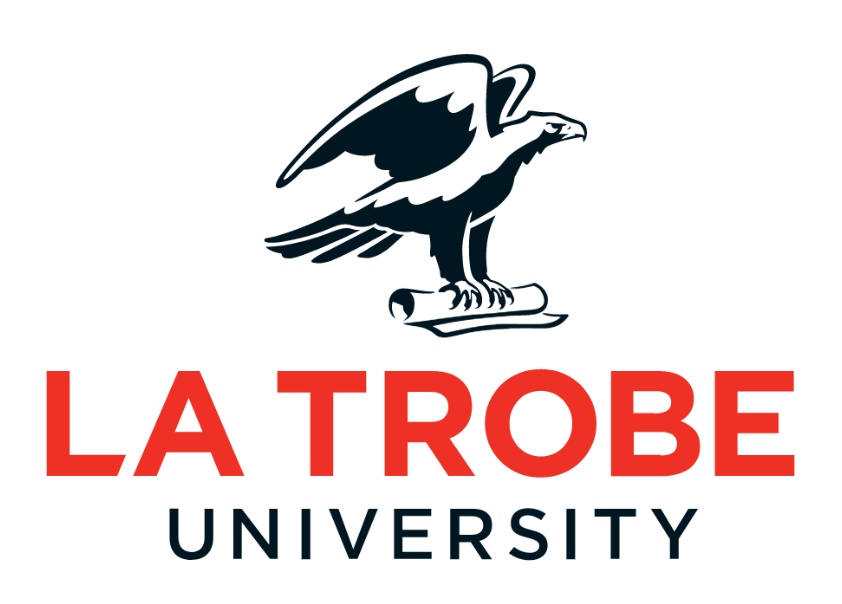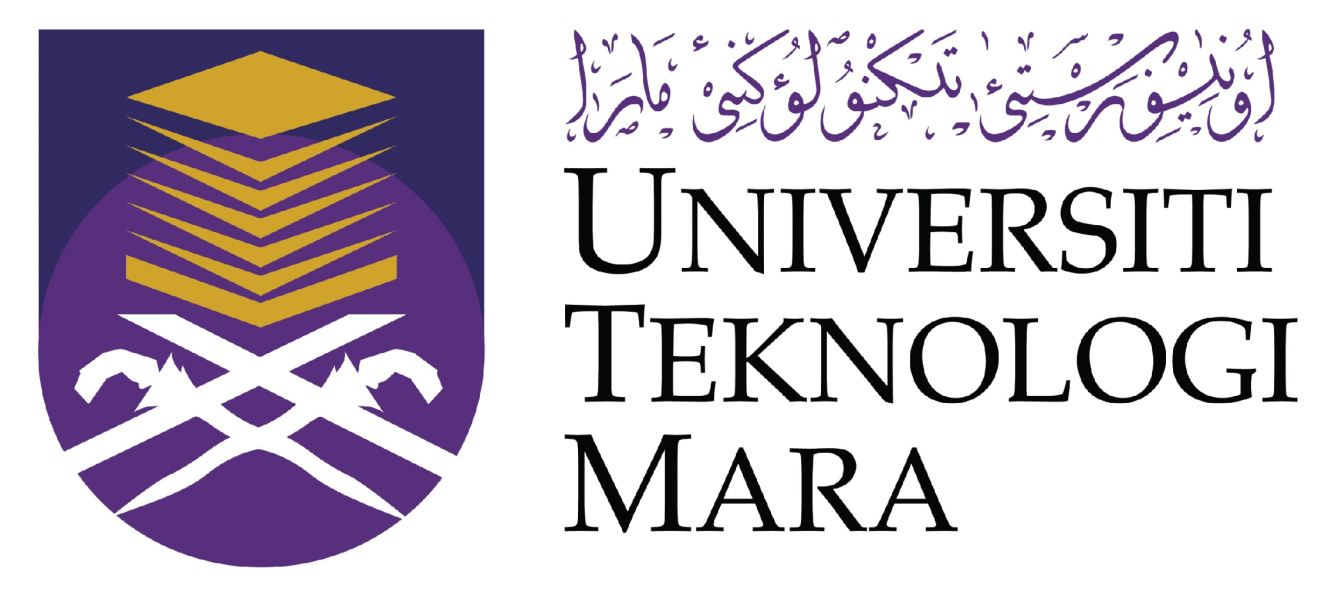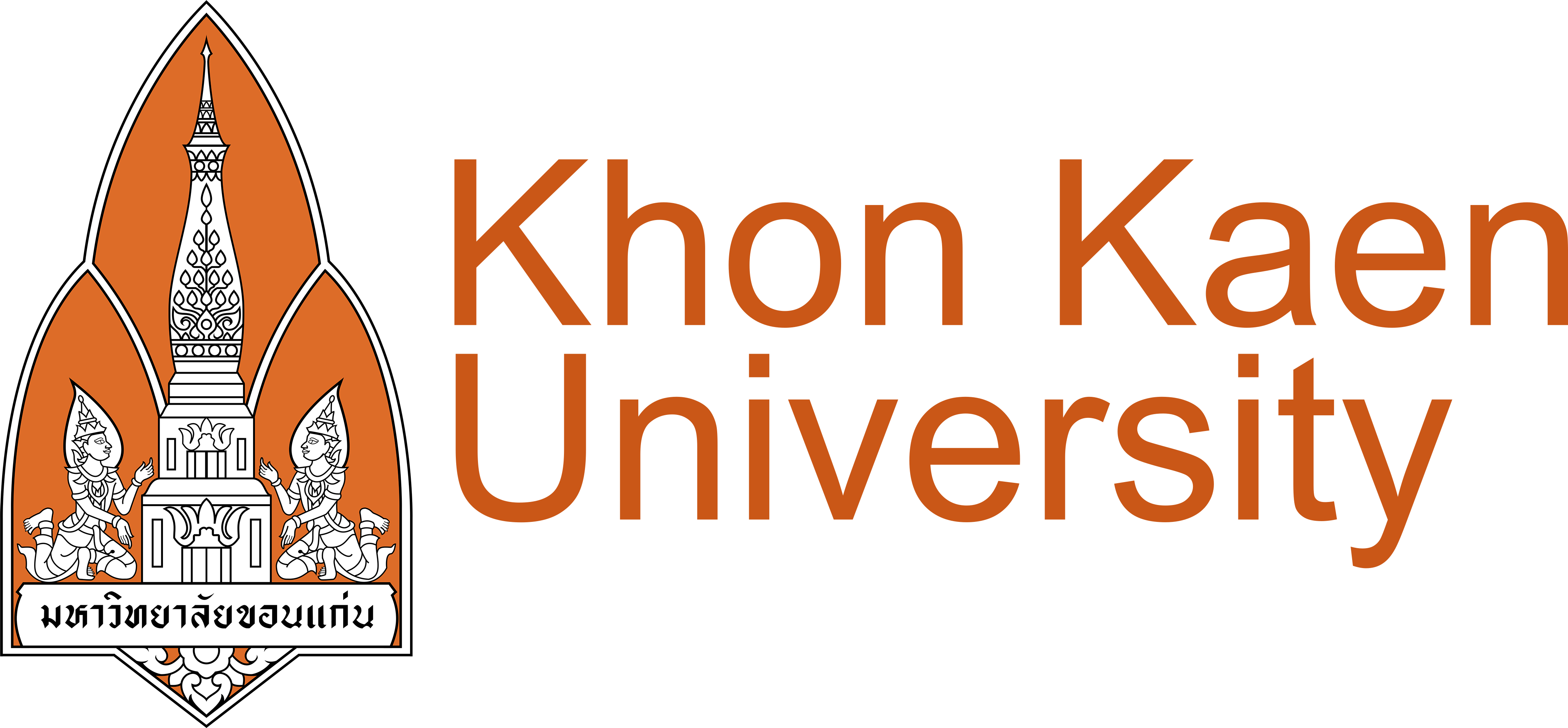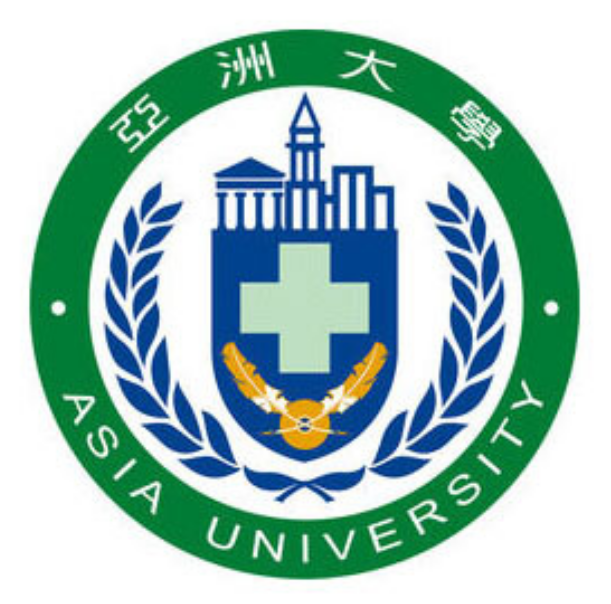The wave of demonstrations that peaked at the end of August 2025 became a serious concern for various groups. Dr. Komarudin, M.Psi., Psychologist, a lecturer in the Psychology study program at UNISA Yogyakarta, assessed that this situation was an accumulation of public disappointment with controversial government policies and the behavior of political elites, which was considered inappropriate to emulate. He conveyed this in his presentation at UNISA Yogyakarta on Monday (1/9).
Since 2024, signs of public unrest had actually been visible through viral hashtags such as #PeringatanDarurat (Emergency Warning) and #IndonesiaGelap (Dark Indonesia). However, these warnings were considered trivial and even made fun of. Government policies that have drawn criticism, such as the ban on the sale of subsidized 3 kg LPG, the increase in VAT, and the plan to seize land, have further exacerbated the situation.
The situation has heated up even more as the public has been presented with the lavish lifestyles and salary increases of legislators, amid an economic crisis and a wave of layoffs. “This phenomenon reveals the moral distortion of the elite, who even normalize insults toward their own people,” said Komarudin.
The tragedy of August 28, 2025, which killed an online motorcycle taxi driver who was run over by an armored vehicle during a protest, became a turning point for public anger. Solidarity actions spread across various regions, accompanied by riots and clashes with the authorities. According to Komarudin, apologies from the political elite are not enough to heal the social wounds of the people.
As a solution, Komarudin offers a comprehensive Conflict Restoration framework. The initial stage begins with the cessation of violence and stabilization of security, namely by withdrawing troops and reducing repressive actions, while the community is urged to exercise restraint so that dialogue can take place. After that, it is necessary to open an inclusive political dialogue space involving various elements, ranging from students, online motorcycle taxi communities, community leaders, academics, to legislative and executive representatives. This dialogue is aimed at finding a fair and mutually accommodating political agreement.
The next step is reconciliation through the formation of a fact-finding team, victim recovery, and prevention of retaliation from any party. Institutional reform is also urgently needed, particularly in the security sector and legislative institutions, which are often seen as sources of conflict. At the same time, the government must come up with economic policies that are more pro-people, create jobs, and review unpopular policies that have caused unrest.
Equally important is social recovery through trauma healing programs, peace education, and community empowerment. According to Komarudin, campuses need to return to functioning as centers of the democratic ecosystem, while educators must be given the space to instill critical thinking and morality in students. All of this must be complemented by efforts to maintain sustainable peace through political, legal, economic, and cultural synergy, so that conditions truly free from structural and cultural violence can be created.
“Comprehensive conflict restoration is urgently needed, starting with the cessation of violence and ending with social recovery. Peace can only be achieved if the state and society work together consistently,” he said.
Komarudin concluded by calling on all parties to exercise restraint and calm their emotions. “Do not let Mother Earth grieve; practice democracy in a mature manner,” he concluded.

